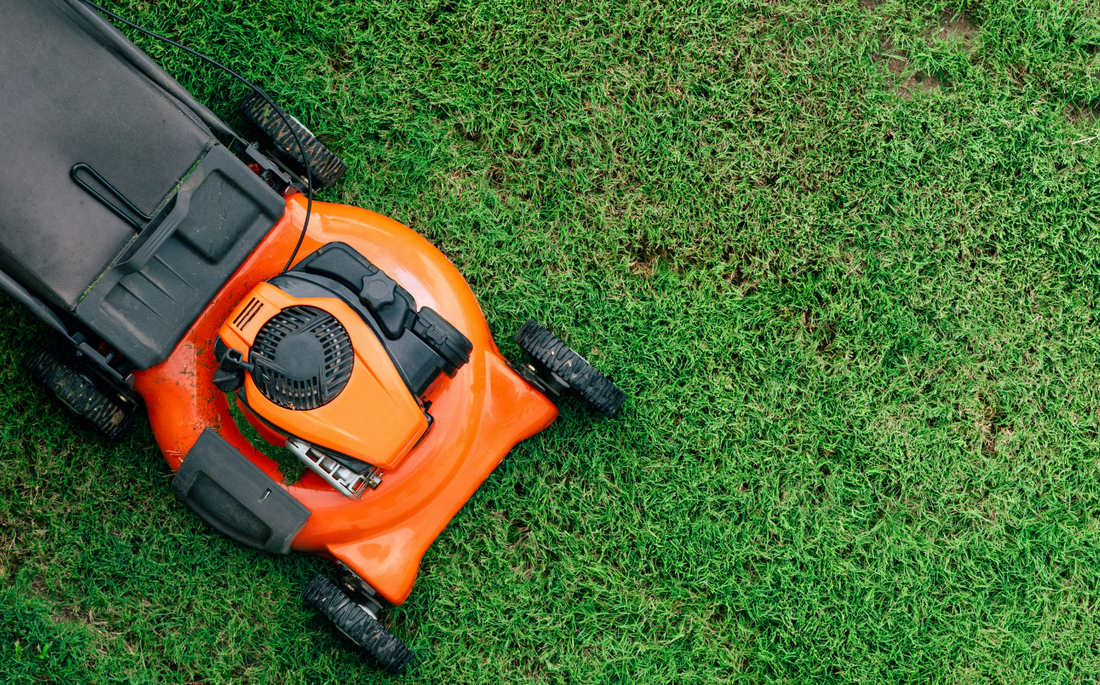Every spring, homeowners everywhere begin the process of mowing their lawns. Unfortunately, sometimes things can go wrong – like when your lawn mower won't start. If you find yourself facing this situation, don't panic; here are a few tips on what to check before calling a professional for help.
Check the Gas Tank & Fuel Line
The first thing you should check is the gas tank and fuel line. If there is no gas in the tank, then it's an easy fix – just fill up the tank and try starting it again. You should also make sure that the fuel lines are not clogged or blocked in any way. If they are, then you will need to replace them before trying to start the lawn mower again.
Check the Spark Plug & Air Filter
Next, take a look at the spark plug and air filter. The spark plug is responsible for sparking combustion within your engine, so if it's not working correctly then your lawn mower won't start. To check it, remove it from its socket and inspect it for any signs of damage or wear-and-tear. If it looks okay but still doesn't work, try replacing it with a new one. The air filter should also be inspected; if it's dirty or clogged then replace it with a new one as well.
Check the Battery & Alternator
Finally, take a look at the battery and alternator as well as all other electrical components such as wiring harnesses and switches. Make sure that everything is connected properly and that there are no loose wires or frayed cables anywhere in sight. Also check to make sure that all electrical connections are firmly attached to their respective terminals on the battery and alternator. If any of these components appear damaged or worn out then they will need to be replaced before your lawn mower can start again.
When dealing with a problem like a lawn mower that won't start, there could be many potential causes of the issue - from something simple like an empty gas tank or dirty air filter to something more serious like a faulty spark plug or bad battery/alternator connection. Before calling for professional help, take some time to inspect these common culprits as well as other electrical components in order to diagnose and resolve your issue quickly and easily! Good luck!









